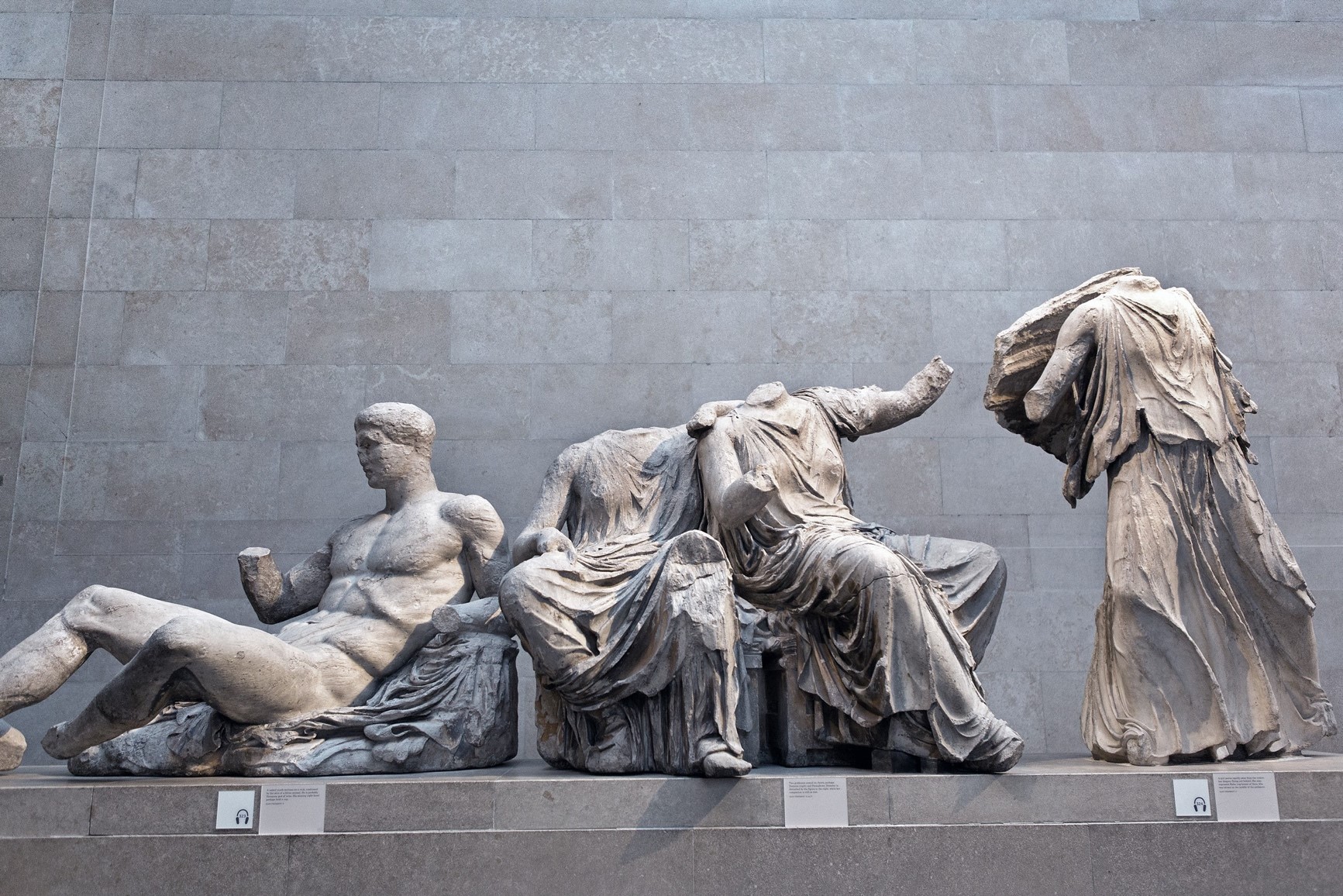Free Courses Sale ends Soon, Get It Now


Free Courses Sale ends Soon, Get It Now



Disclaimer: Copyright infringement not intended.
Context
A diplomatic row sparked between Greece and the UK after British Prime Minister Rishi Sunak cancelled a meeting with his Greek counterpart Kyriakos Mitsotakis over the status of the Parthenon Sculptures housed at the British Museum.
Details
Historical Context
Acquisition and Controversy
Display and Ownership
Significance and Cultural Impact
Legal and Ethical Perspectives
Conclusion
The Parthenon Sculptures represent a cultural legacy that embodies both artistic excellence and a contentious history of removal and ownership. The ongoing debate raises questions about cultural heritage preservation, legal ownership, and the ethical responsibility of museums to protect and restore cultural artifacts to their places of origin.
|
PRACTICE QUESTION Q. Consider the following statements regarding the Parthenon Sculptures, also known as the Elgin Marbles:
Which of the statements above is/are correct? A) Only 1 and 2 B) Only 2 C) Only 2 and 3 D) Only 1 and 3 Answer: A) |
© 2024 iasgyan. All right reserved